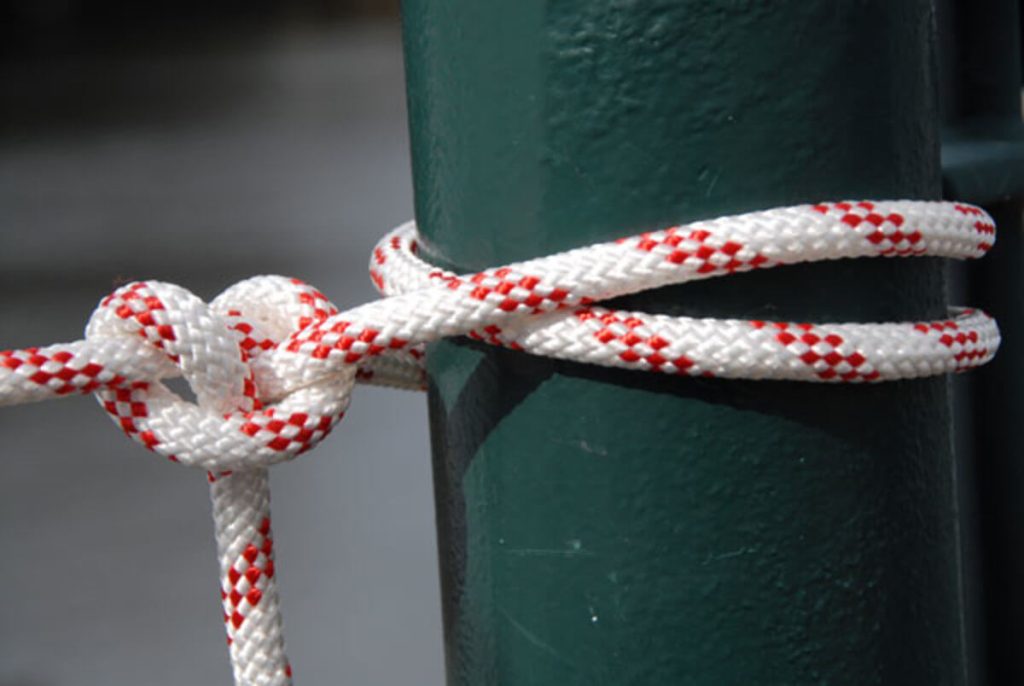Attaching rope to a boat winch is a crucial skill for any boater. Properly securing the rope ensures safe and efficient winching operations, whether you’re docking, mooring, or pulling in heavy loads.
In this guide, we’ll walk you through the process of attaching rope to your boat winch, focusing on safety and best practices.
We’ll also explore the importance of choosing the right rope and maintaining your winch for optimal performance.
Choosing the Right Rope for Your Boat Winch
Selecting the appropriate rope for your boat winch is crucial for safe and effective operation. The three most common rope materials used with winches are:
- Nylon: Known for its elasticity and strength, nylon rope is a popular choice for boating applications.
- Polyester: This material offers excellent resistance to UV light and chemical exposure, making it a durable option for marine environments.
- Polypropylene: Lightweight and affordable, polypropylene rope is best suited for light-duty winching tasks.
When choosing a rope, consider its thickness and breaking strength. Ensure that the rope’s size and capacity match your winch’s specifications to prevent overloading and potential accidents.
Steps to Attach Rope to a Boat Winch

Now that you’ve selected the appropriate rope, let’s walk through the process of attaching it to your boat winch.
1. Preparing the Rope
Start by uncoiling and straightening the rope, removing any kinks or twists. Inspect the entire length of the rope for signs of damage or wear, such as fraying or cuts. If you notice any significant issues, consider replacing the rope before proceeding.
2. Threading the Rope Through the Fairlead
The fairlead is a guide that helps direct the rope onto the winch drum. Locate the fairlead on your winch and thread the rope through it, ensuring that the rope is centered and aligned with the drum.
3. Securing the Rope to the Winch Drum
The method for securing the rope to the winch drum varies depending on the type of winch you have. Some winches feature a self-tailing mechanism, which automatically guides and tightens the rope around the drum as you wind it. If your winch is not self-tailing, you’ll need to manually attach the rope using one of the following methods:
- Wrapping the rope around the drum: Start by making a few tight wraps around the drum, ensuring that each wrap sits snugly against the previous one. Tuck the loose end of the rope under the wrapped portion to secure it in place.
- Using a winch rope cleat: Some winches feature a built-in cleat designed to hold the rope in place. Wrap the rope around the cleat, following the manufacturer’s instructions for the proper wrapping technique.
4. Tensioning the Rope
Once the rope is secured to the drum, apply tension to the line by gently pulling on the loose end while cranking the winch handle or engaging the motor. This step helps ensure that the rope is evenly distributed on the drum and prevents slippage during operation.
5. Testing the Attachment
Before putting the winch under load, test the rope attachment by applying moderate tension to the line. Ensure that the rope remains securely fastened to the drum and that there are no signs of slippage or uneven winding.
Winch Operation and Maintenance
To ensure safe and efficient winch operation, follow these guidelines:
- Wind the rope evenly: Avoid overlapping or bunching the rope on the drum, as this can lead to uneven wear and reduced winch capacity.
- Avoid overloading the winch: Never exceed the winch’s rated capacity, as this can cause damage to the winch and pose safety risks.
Regular maintenance is essential for prolonging the life of your boat winch and ensuring its reliable performance. Here are some key maintenance tasks:
- Cleaning and lubricating the winch: Regularly clean your winch to remove salt, dirt, and debris. Lubricate moving parts with a marine-grade lubricant as per the manufacturer’s recommendations.
- Inspecting for damage or wear: Periodically inspect your winch for signs of damage or wear, such as cracks, corrosion, or bent components. Address any issues promptly to prevent further damage and ensure safe operation.
Conclusion
Attaching rope to your boat winch is a straightforward process that requires attention to detail and a focus on safety.
By understanding your winch, choosing the appropriate rope, and following the step-by-step attachment guide, you can ensure secure and efficient winching operations.
Remember to prioritize safety, perform regular maintenance, and adhere to the winch’s rated capacity to enjoy safe and reliable performance on the water.

